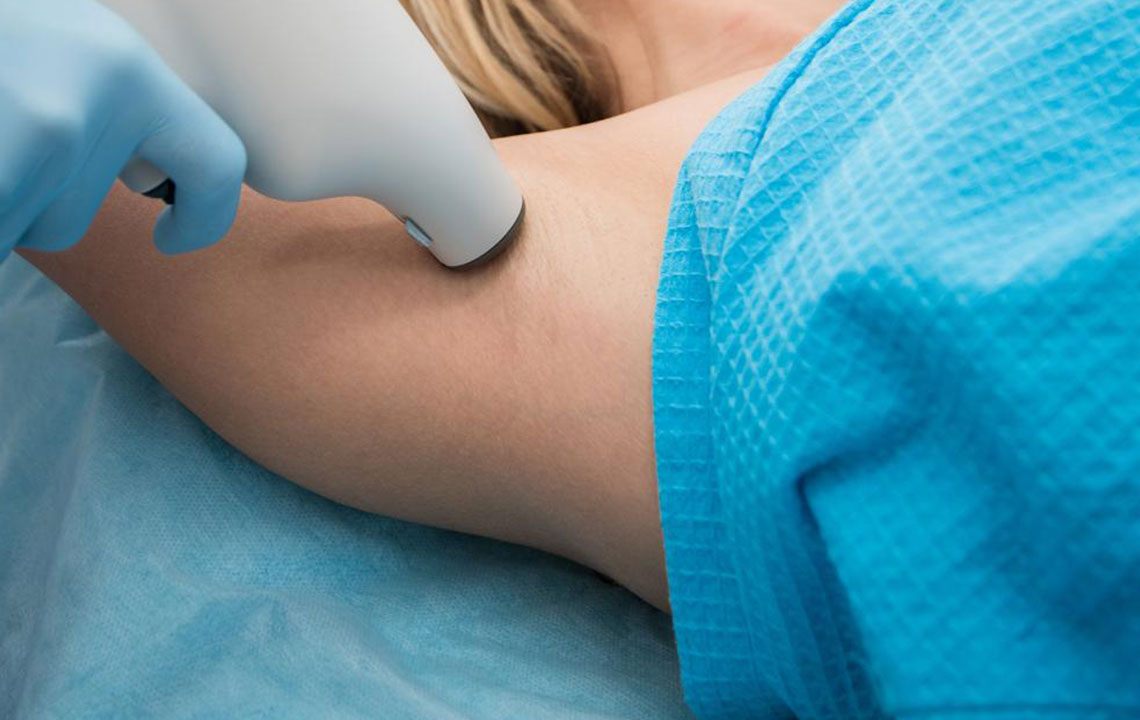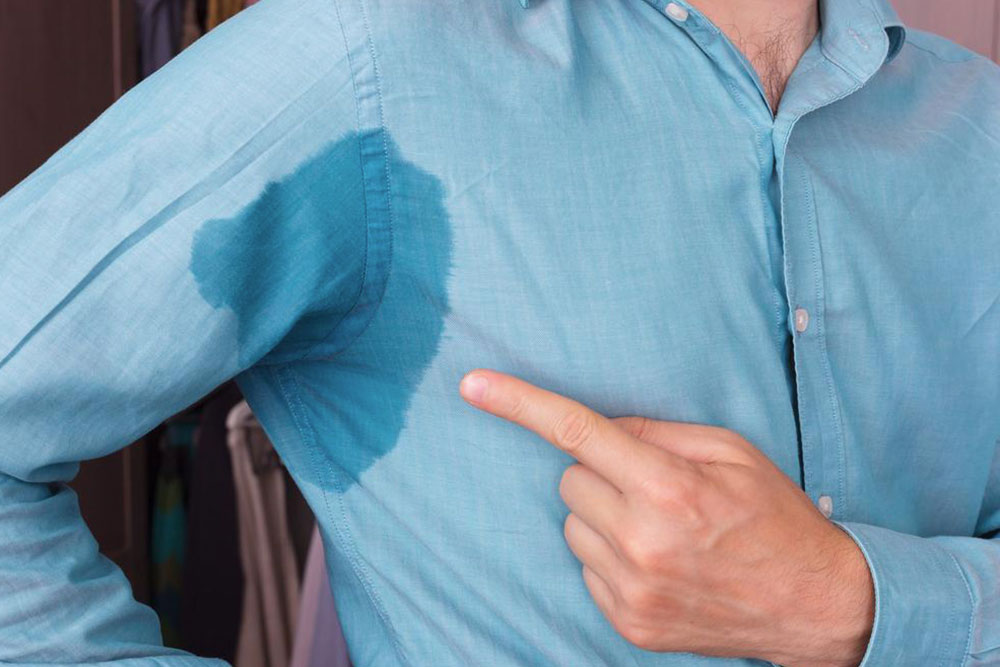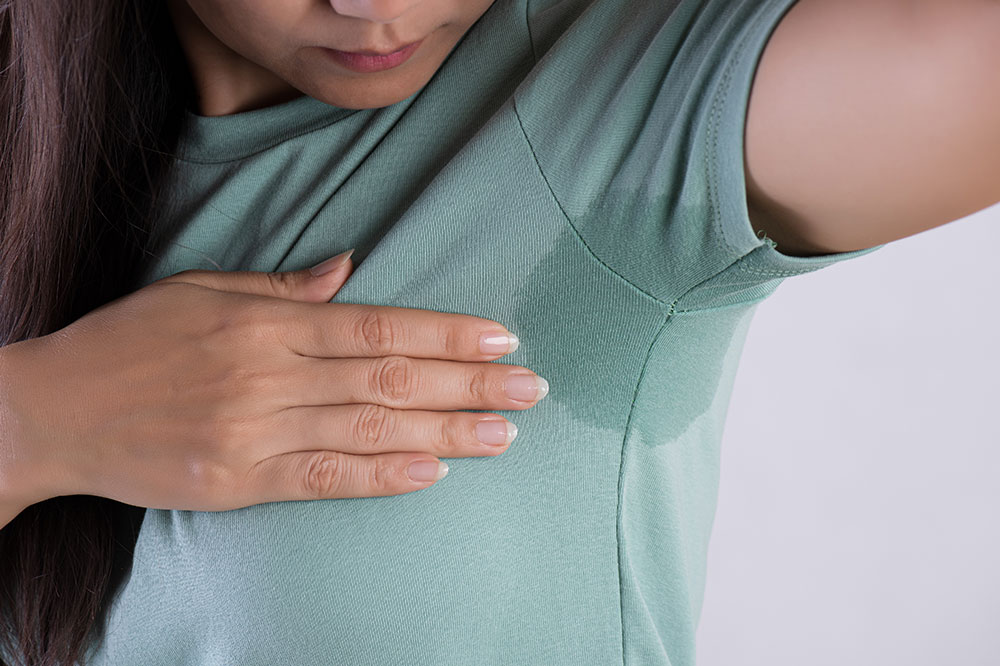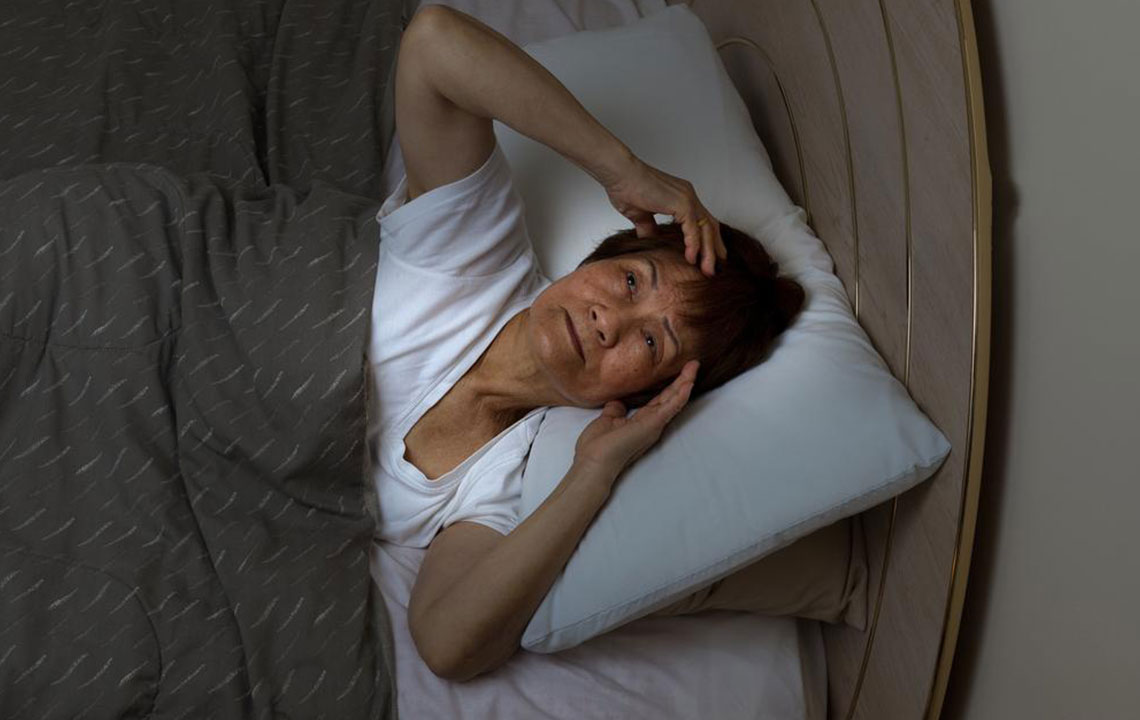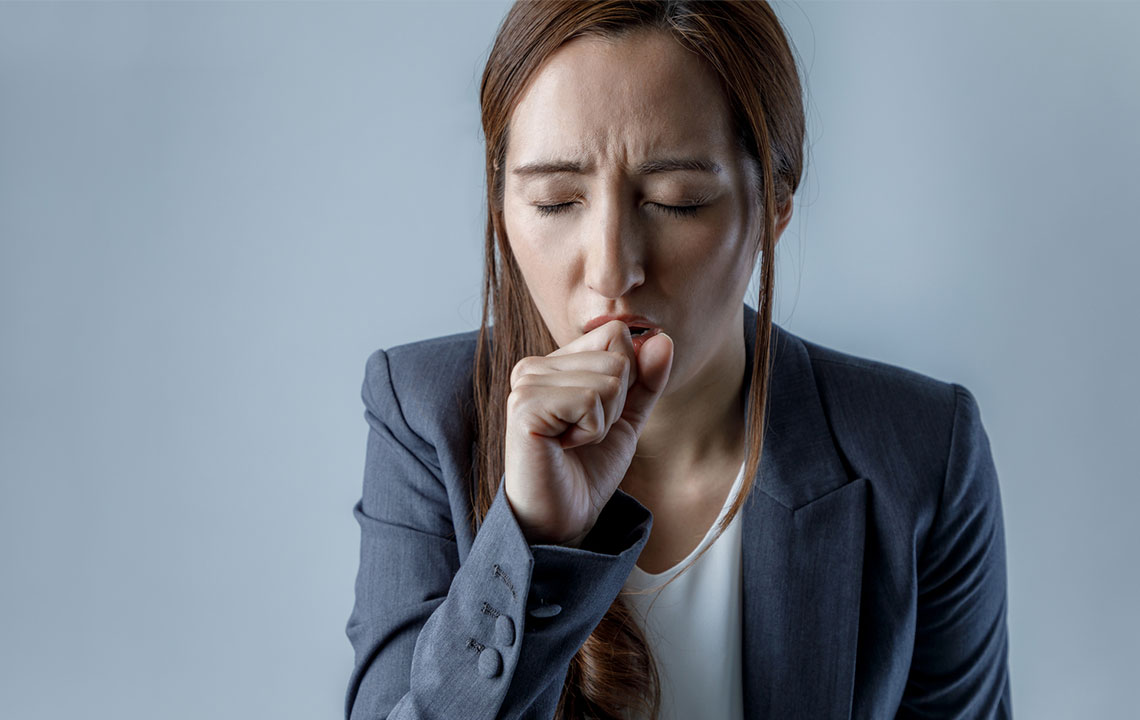Comprehensive Guide to Primary Hyperhidrosis: Causes, Diagnosis, and Effective Treatments
Primary hyperhidrosis is a common condition causing excessive localized sweating, impacting social and professional life. This comprehensive guide explains its causes, symptoms, diagnosis, and the full spectrum of treatment options, from topical agents to advanced procedures like iontophoresis and surgery. Understanding these treatments helps individuals regain confidence and improve their quality of life by managing this often distressing condition effectively.
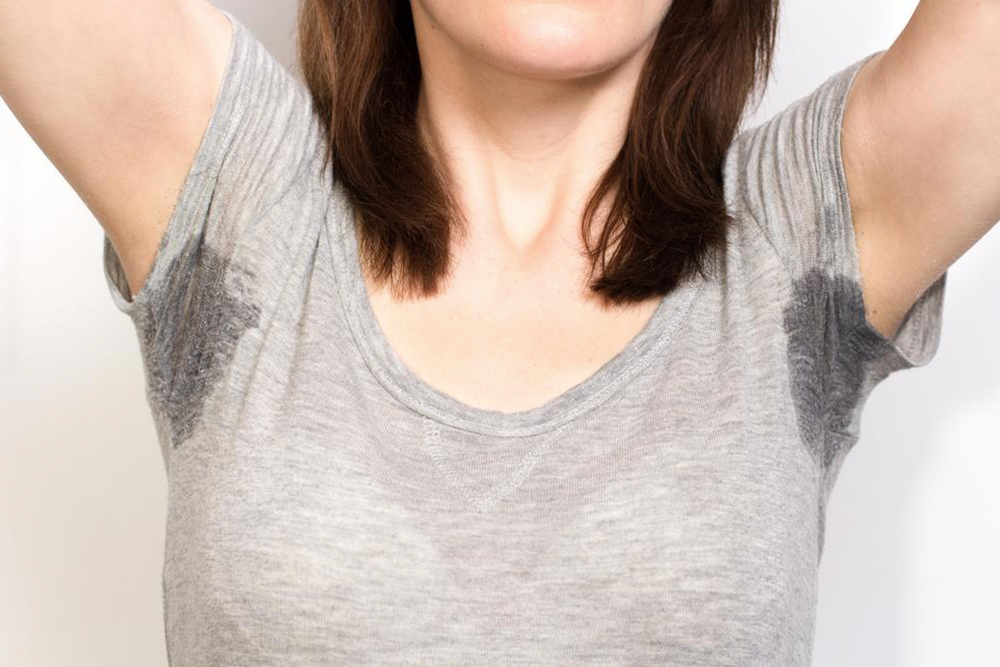
Comprehensive Guide to Primary Hyperhidrosis: Causes, Diagnosis, and Effective Treatments
Primary hyperhidrosis is a chronic condition characterized by excessive sweating in specific localized areas of the body. Unlike secondary hyperhidrosis, which is caused by underlying health issues or medications, primary hyperhidrosis typically has no identifiable systemic cause. It commonly affects regions such as the armpits, palms, soles, and groin. This condition often emerges during adolescence or early adulthood and can significantly impact an individual's quality of life, social interactions, and emotional well-being.
Understanding the nuances of primary hyperhidrosis involves recognizing its typical presentation, triggers, and implications. It is essential for those experiencing persistent, excessive sweating to seek proper diagnosis and explore a variety of treatment options tailored to their severity and lifestyle needs.
Understanding the Causes of Primary Hyperhidrosis
While the exact cause of primary hyperhidrosis remains unclear, it is believed to involve a dysfunction in the sympathetic nervous system, which controls sweat production. This hyperactivity leads to sweat glands being stimulated more than usual, even without physical exertion or increased body temperature. Genetic factors are often implicated, with many cases appearing to run in families, suggesting a hereditary component.
Additional factors that may influence the severity or onset of hyperhidrosis include emotional stress, anxiety, hot weather, and certain medications. However, these triggers generally exacerbate local hyperhidrosis rather than being the root cause.
Recognizing the Symptoms and Diagnosing Hyperhidrosis
Diagnosis of primary hyperhidrosis involves a detailed evaluation of the patient’s medical history and Symptom analysis. Physicians typically inquire about the frequency, duration, and triggers associated with excessive sweating. To rule out secondary causes, healthcare providers may perform physical examinations and order tests such as blood work to exclude metabolic or hormonal imbalances.
In some cases, a starch-iodine test (Minor's test) can be used to map the areas with excessive sweat production. This simple test involves applying iodine and starch to the affected skin areas, which then turn blue or purple in response to moisture, providing a visual assessment of sweating zones.
Various Treatment Modalities for Primary Hyperhidrosis
Treating primary hyperhidrosis involves a multidisciplinary approach, tailoring interventions based on the severity of symptoms, affected areas, and patient preferences.
Topical Treatments
Initial management usually starts with over-the-counter antiperspirants containing low concentrations of aluminum chloride. These antiperspirants work by temporarily blocking sweat ducts, reducing sweating in mild cases.
For more effective control, prescription-strength antiperspirants with aluminum chloride hexahydrate are prescribed. These are applied to dry skin, typically at night, to maximize absorption, with repeated weekly applications. While effective for axillary hyperhidrosis, their efficacy for palmoplantar hyperhidrosis is limited, and they can sometimes cause skin irritation or discomfort if not used properly.
Advanced Treatments
When topical agents prove insufficient, procedural interventions like iontophoresis are often recommended. This technique involves immersing the affected area in water and passing a mild electrical current through it using a specialized device. The electrical stimulation temporarily blocks the sweat glands, providing relief from hyperhidrosis. Treatment sessions are usually scheduled every 1 to 3 weeks, with each session lasting approximately 10 to 20 minutes. The frequency and duration depend on individual response and severity.
Iontophoresis is particularly effective for hyperhidrosis of the palms and soles. Patients often experience significant improvement, especially after several sessions. However, some individuals might need maintenance treatments to sustain results.
Pharmacological Options
In cases where topical and procedural treatments fail, oral medications may serve as a last resort. Anticholinergic drugs such as glycopyrrolate and oxybutynin can reduce sweat production systemically. These medications have demonstrated efficacy but are associated with potential side effects, including dry mouth, blurred vision, and urinary retention. Therefore, their use requires careful medical supervision and is generally reserved for severe cases that significantly impair quality of life.
Surgical Interventions
Surgery is considered a last resort and is typically reserved for refractory cases. The most common surgical procedure is endoscopic thoracic sympathectomy (ETS), which involves cutting or clamping the sympathetic nerves responsible for activating sweat glands. While highly effective, ETS carries risks such as compensatory sweating in other areas, nerve injury, and pneumothorax.
Patients considering surgical options should thoroughly discuss all potential risks and benefits with their healthcare providers to determine the best course of action.
Living with Primary Hyperhidrosis
Managing primary hyperhidrosis extends beyond medical treatments. Lifestyle modifications, such as wearing breathable clothing, using absorbent powders, and avoiding known triggers, can improve comfort and confidence. Psychological support or counseling may also benefit individuals experiencing emotional distress or social anxiety due to excessive sweating.
Advancements in research continue to explore novel therapies, including botulinum toxin (Botox) injections, which block nerve signals to sweat glands temporarily. Botox has gained popularity for its effectiveness and minimally invasive nature, especially in treating axillary hyperhidrosis, with effects lasting several months.
Overall, understanding the nature of primary hyperhidrosis, seeking a proper diagnosis, and exploring personalized treatment options can substantially enhance affected individuals' quality of life.
